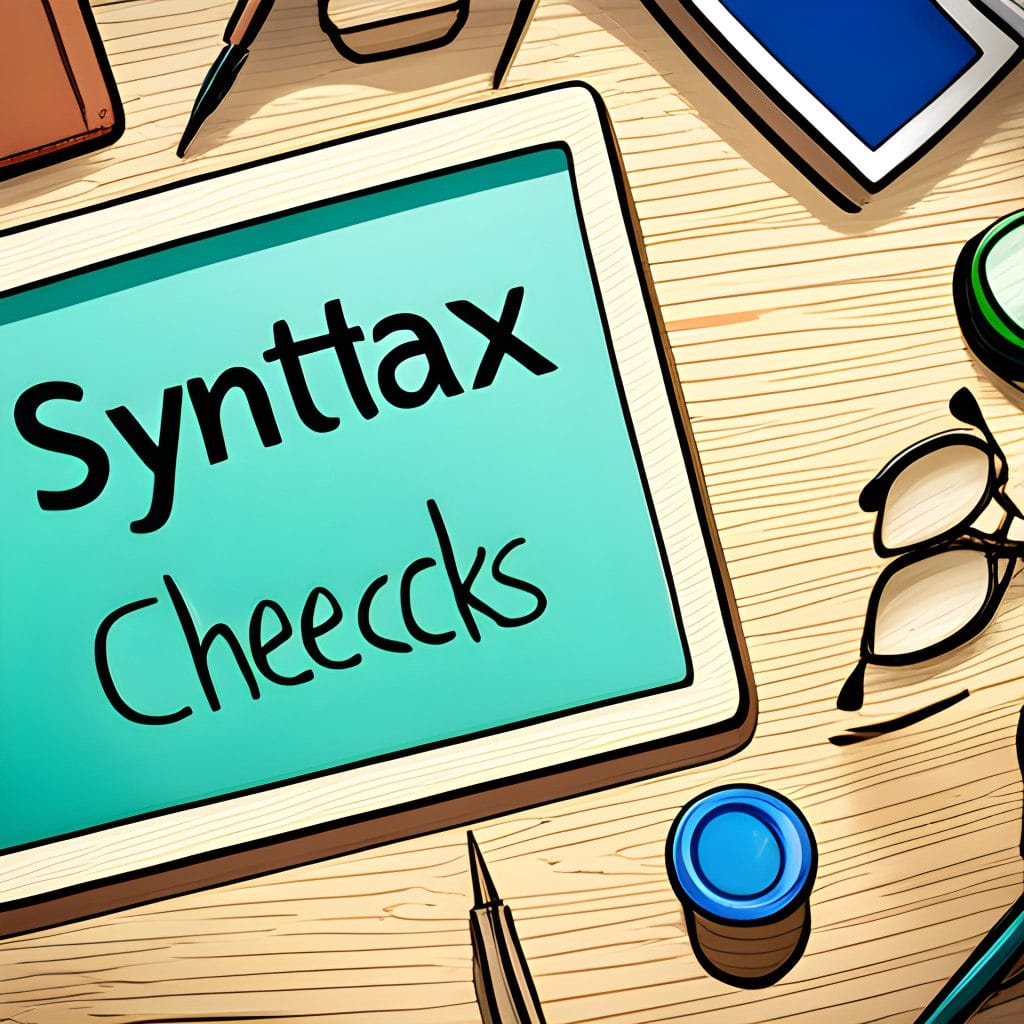Improve Your Zoho Performance with Email Validation & Verification
Improve Your Zoho Performance with Email Validation Verification
Improving your Zoho CRM, Desk and Campaigns performance requires accurate and reliable data. One of the most crucial aspects of data accuracy is email validation and verification. A robust email validation system can help you avoid the risks associated with low-quality data, such as invalid email addresses, high bounce rates, and non-deliverable messages.
Low-quality data can affect your Zoho CRM, Desk and Campaigns performance by damaging your email reputation and decreasing deliverability, making it harder to reach your potential customers. Additionally, relying on incomplete or unreliable data can lead to missed opportunities and loss of revenue.
Email validation involves checking for syntax errors, domain validity, and spam traps to ensure that emails are deliverable and free of fraudulent activity. SMTP validation checks the email address with the mail server, ensuring its existence and availability.
A reliable email validation system ensures that you eliminate bad email addresses, disposable email addresses, and complainers, improving your email campaigns’ quality. By validating your primary email addresses, you establish a more robust communication channel with your customers, enhancing your Zoho CRM, Desk and Campaigns performance.
In conclusion, a robust email validation and verification process is essential for improving Zoho CRM, Desk and Campaigns performance. It ensures that you have accurate data, avoids the risks of low-quality data, and enhances your email campaigns’ effectiveness.


Downsides of Low-Quality Data


In Zoho CRM, Desk and Campaigns email campaigns, using low-quality data can have significant drawbacks. If a company’s database has millions of invalid or inactive email addresses, sending messages to them can result in hard bounces, which are emails that are returned to the sender due to an invalid or non-existent email address. These hard bounces can ultimately damage the company’s sender reputation and result in negative scores from email service providers (ESPs), leading to a decreased performance over time.
Furthermore, sending messages to all email addresses in a database and waiting for hard bounces can be a risky strategy. It wastes marketing budgets and resources and also negatively affects deliverability rates. The incremental decrease in performance will hurt email campaigns, as ESPs will likely flag the sender as a low-quality sender with a high number of hard bounces.
To avoid hard bounces and ensure a high email deliverability rate, it is essential to implement best practices such as validating email addresses before adding them to the database, regularly cleaning up the database, segmenting email lists for targeted campaigns, and using a reliable email verification service. These strategies will help maintain a high sender reputation and ensure that potential customers are receiving messages at their primary email addresses. Ultimately, using high-quality data will lead to more successful email marketing campaigns and improved ROI.
Email Validation Methods
Email validation is an important practice that helps to ensure the accuracy and deliverability of email campaigns. The industry uses different email validation methods to identify and remove inaccurate, invalid, and risky email addresses from contact lists.
One of the most common methods used is syntax checks. This process verifies that an email address follows the correct format, including the “@” symbol and valid characters. Domain validity checks, another method, help to identify invalid domains or email accounts that do not exist.
SPAM trap checks are also used in email validation to identify addresses that are owned by anti-spam organizations to flag senders who do not follow email marketing best practices.
Additionally, SMTP validation is used to verify if an email address is deliverable by contacting the mail server directly. Removal of “complainers” is another strategy where users who consistently complain about a sender’s email content are removed from the contact list.
Overall, by utilizing a combination of these email validation methods, companies can improve their email deliverability, reduce their bounce rates, and effectively reach their potential customers.

Syntax Checks

Syntax checks are an important component of email validation. They go beyond basic format checks to identify and flag typos caused by user errors. Users can often overlook small errors in their email addresses, such as misspelling a domain name or adding an extra letter. These errors can cause emails to bounce back or, in some cases, end up in the spam folder.
By running syntax checks during the email validation process, these user errors can be caught before the email is sent. This helps ensure that emails are delivered successfully, preventing the frustration of undeliverable emails and wasted time. Additionally, it helps to maintain a good email reputation, as a high rate of bounced emails can negatively impact this.
In summary, syntax checks play a crucial role in email validation by identifying and flagging user errors and preventing bouncing. By incorporating this process into your email campaigns, you can increase the deliverability of your emails and ultimately reach more potential customers.
Domain Validity Checks
Domain Validity Checks are an important aspect of email validation for Zoho CRM, Desk and Campaigns. A sending domain is essentially the address from which your emails are sent, and it is important to verify it to maximize email deliverability and improve overall Zoho CRM, Desk and Campaigns performance.
Verifying the sending domain ensures that emails from your organization are not flagged as spam or rejected altogether by receiving mail servers. This helps to improve the Zoho CRM, Desk and Campaigns reputation and keeps bounce rates low. Additionally, it reduces the chances of emails getting marked as undeliverable or going to spam traps.
To verify the sending domain, log in to the Zoho CRM, Desk and Campaigns and navigate to the DKIM and Sending Domains section under Company Email Settings. This section allows you to authenticate and verify domains to ensure they are recognized by email servers.
Overall, domain validity checks are a crucial aspect of email validation for delivering effective email campaigns. By verifying the sending domain, companies can improve email deliverability rates and avoid flagged emails for maximum effectiveness.

SPAM Trap Checks

SPAM Trap Checks are critical elements in email validation, as they detect and eliminate invalid or suspicious email addresses that can harm email campaigns. They also ensure a high level of deliverability by preventing emails from ending up in recipients’ spam folders. An email validation service maintains a database of known SPAM and hard-bounce emails, updated in real-time. By constantly monitoring and reviewing the email list, the service can detect and quarantine suspicious data that requires further inspection. Suspicious data can include dummy email addresses, disposable email detection, and invalid domains. When suspicious data is quarantined or removed, the impact on Zoho CRM, Desk and Campaigns performance is significant. The elimination of hard-bounce emails and invalid email addresses from the email list reduces the bounce rates and improves overall email deliverability. Therefore, SPAM Trap Checks ensure the email list remains healthy, resulting in increased engagement with potential customers. Overall, SPAM Trap Checks should be considered an essential feature of an email validation service to optimize email campaigns and maintain high-performance Zoho CRM, Desk and Campaigns.
Removal of “Complainers”
Removing known or likely complainers from your email list can help improve your email marketing success rates. Complainers are subscribers who frequently mark emails as spam, which can negatively impact your email deliverability and sender reputation. By using email validators, you can identify and remove these complainers to ensure that your marketing messages do not end up in the spam folder.
Email validation tools can help you identify email addresses that have a high likelihood of being spam traps or belong to known email complainers. Once identified, you can remove these users from your email list to improve the quality of your list and reduce the risk of your emails being marked as spam.
In addition, it is important to monitor your email campaign performance and track the complaint rate. If the complaint rate is above the industry standard, it is recommended that you take a proactive approach to identify and remove complainers from your email list.
By removing known or likely complainers, you can help ensure that your email campaigns reach your intended recipients and improve your overall email marketing success rates.

SMTP Validation

SMTP Validation is a process used to verify the accuracy of an email address without sending an actual email message. It uses an SMTP check to communicate with the email server and determine if the domain associated with the email address is legitimate and active.
Validation service providers use various approaches to communicate with a domain’s email server to authenticate the validity of an email address. One method involves sending a test message to the email address and watching for a response, while another method involves using a tool that queries the email server and requests information about the email address.
If a domain is valid, the SMTP check verifies that the email address exists and is active. On the other hand, if a domain is invalid, the SMTP check confirms that the email address either doesn’t exist or isn’t active. This process helps ensure that only legitimate senders are using the email server, reducing the potential for spam and verifying the deliverability of emails.
In conclusion, SMTP validation is a crucial process for email validation services to confirm the deliverability of emails and decrease the chances of sending emails to invalid or fake addresses. Through SMTP checks, validation service providers can communicate with email servers to authenticate the validity of email addresses, resulting in clearer communication with potential customers and less time wasted on sending emails to invalid addresses.
Find out how email validation - verifying integrate with your Zoho APPs
Zoho Implementation
Zoho Implementation by NZ Zoho Experts
Express Zoho CRM implementation
Express Zoho CRM Implementations
Zoho Desk implementation
Zoho Desk Implementation: A 6-Step Guide to Success (2023)
Zoho Campaigns implementation
3 Ultimate Tips for the most effective Zoho Campaigns Implementation
YOU'RE IN GOOD COMPANY
Take the Next Step with Lumen Business Solutions
Don’t settle for less – partner with Lumen Business Solutions for an experience that drives your business forward.

